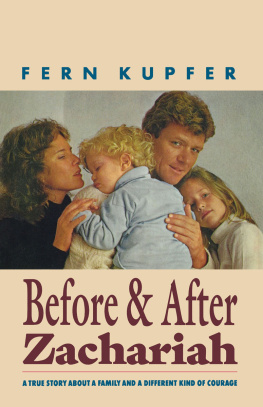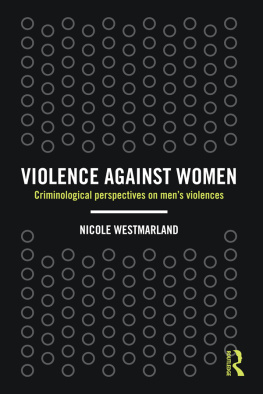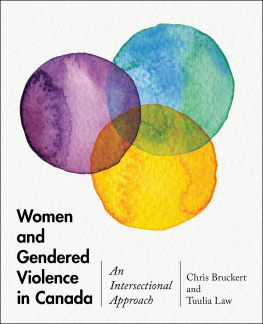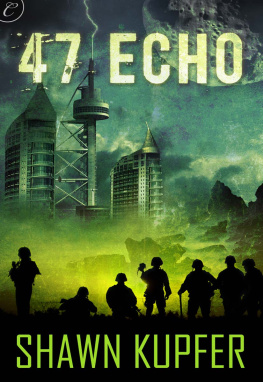Aesthetic Violence and Women in Film
Aesthetic Violence and Women in Film is a highly readable and timely analysis of the intersection of two recent cinematic trends in martial arts films: aesthetic violence and warrior women.
Joseph Kupfer establishes specific categories of aesthetic film violence, including hyper-violence, a visual style that emphasizes the sensuous surface of physical destruction and surreal violence, when spectacular imagery and gravity-defying dance replace blood and gore. He then goes on to outline the ascendancy during the past decades of female characters to the status of hero in action films. Interweaving these two subjects, the book reveals how women warriors instigate and animate the models of aesthetic violence introduced. The hyper-violence of Kill Bill celebrates the triumphs of the Bride, whose maiming and dismemberment of enemies produce brilliant red plumes and silvered geysers of blood. The surrealistic violence in Crouching Tiger, Hidden Dragon and The House of Flying Daggers creatively elevates violence from earthbound mayhem to an enchanting aerial display of female-dominated acrobatics. Both film-stories are driven by the plight and aspirations of female combatants, suggesting an affinity between women and the transfiguration of fighting wrought by surrealistic violence.
By elevating the significance of violence in action films and linking it together with the growing popularity of central female characters in this genre, Aesthetic Violence and Women in Film will be of interest to students and scholars in film studies, popular culture, gender studies, aesthetics, and social philosophy.
Joseph H. Kupfer is University Professor Philosophy at Iowa State University, USA, where he teaches ethics, aesthetics, and medical ethics. Recent articles deal with virtue, sainthood, and philosophy in film. His previous book was Meta-Narrative in the Movies: Tell Me a Story (2014).
First published 2018
by Routledge
2 Park Square, Milton Park, Abingdon, Oxon OX14 4RN
and by Routledge
711 Third Avenue, New York, NY 10017
Routledge is an imprint of the Taylor & Francis Group, an informa business
2018 Joseph H. Kupfer
The right of Joseph H. Kupfer to be identified as author of this work has been asserted by him in accordance with sections 77 and 78 of the Copyright, Designs and Patents Act 1988.
All rights reserved. No part of this book may be reprinted or reproduced or utilised in any form or by any electronic, mechanical, or other means, now known or hereafter invented, including photocopying and recording, or in any information storage or retrieval system, without permission in writing from the publishers.
Trademark notice: Product or corporate names may be trademarks or registered trademarks, and are used only for identification and explanation without intent to infringe.
British Library Cataloguing-in-Publication Data
A catalogue record for this book is available from the British Library
Library of Congress Cataloging-in-Publication Data
Names: Kupfer, Joseph H. author.
Title: Aesthetic violence and women in film : Kill Bill with flying daggers /
Joseph H. Kupfer.
Description: London ; New York : Routledge, 2018. | Includes index.
Identifiers: LCCN 2017059597 | ISBN 9780415785518 (hardback :
alk. paper) | ISBN 9781315228143 (ebook)
Subjects: LCSH: Violence in motion pictures. | Women heroes in motion
pictures.
Classification: LCC PN1995.9.V5 K87 2018 | DDC 791.43/655dc23
LC record available at https://lccn.loc.gov/2017059597
ISBN: 978-0-415-78551-8 (hbk)
ISBN: 978-1-315-22814-3 (ebk)
Typeset in Times New Roman
by Apex CoVantage, LLC
Bonnie and Clyde : ending as beginning
Recall the stunning climax of Arthur Penns award-winning film Bonnie and Clyde (1967). After a winding diet of robbery, murder and frenzied vehicular get-aways, the outlaws meet their bloody end. The young, attractive criminals are riddled with bullets whose impact buffets them about like rag dolls. The bandits gaze knowingly at one another just before their execution. It is announced with a flourish when a flock of birds takes flight, as if fleeing the impending destruction, with a powerful beating of their wings. The moment of death is extended in slow-motion as the deafening noise of machine gun and rifle fire drowns out the flapping of the birds. Prolonging the death scene crystallizes their union, cinematically immortalizing their mortality.
The death scene does several other things that work in different, sometimes opposite, directions. It creates an air of unreality because enough bullets are fired to wipe out a battalion of soldiers, bouncing the bodies of the couple in a protracted spectacle of annihilation. People do not look like this in real life when shot. Yet the drawn-out carnage and explosion of gunfire also make it all too real, reinforcing the overwhelming impact of the attack. The urge of the lawmen to overkill makes narrative sense as the criminals have wreaked havoc on banks, citizens and police. The relentless fusillade also fits within the arc of the story. As it progresses, the escapes of the robbers get narrower and the damage they sustain more severe.
Nevertheless, the death of Bonnie and Clyde is elevated to a special event. Not only is their capture commemorated, but so is their brief fling on the public stage. Indeed, it becomes apparent (either during the viewing or in its subsequent interpretation) that the death is itself staged as a planned event within the narrative as well as a cinemagraphic moment. As narrative incident, the ambush is staged by the law enforcement officers in league with the father of the duos goofy young sidekick. As artistic creation, the finale is orchestrated through cinematic manipulation and the implacable arc of retribution. The image of the outlaws jerking about like hapless marionettes suggests that they lacked genuine control of their lives. Perhaps they were mere puppets all along.
Penns dramatic ending seems to straddle two poles of movie mayhem. The first is the more or less realistic treatment of violence in the movies in which the audience is invited to the time-honored suspension of disbelief. We watch as if viewing real cowboys, soldiers, or criminals engage in wounding, maiming and killing their enemies. Such realistic or quasi-realistic violence (realistic from now on) continues today as a staple of movie violence in genres ranging from science fiction and film noir, to drama and romantic adventure. In such films, the violence propels the plot or is the outcome of narrative events and the characters that move them.
Yet more recently, movies have taken a different approach to violence. They have transformed the violence by virtue of cinematic technique into something that could not be mistaken for the real thing. Film has aestheticized violence, providing images that are to be appreciated for the way they look, aside from their place in the story. Although movies always stylized what we saw, we were able to maintain the entertaining fiction that we were watching realistic events; shooting, stabbing, bombing could look something like this. The climactic execution of Bonnie and Clyde seems to be ambiguous. Bodies might very well react this way to interminable gunshots, yet viewers are nevertheless stunned by the sustained, relentless devastation. As indicated, the frightful amount of shooting fits nicely with the escalating violence as the story progresses, yet it seems unrealistic in its staged, slow-motion extravagance.







